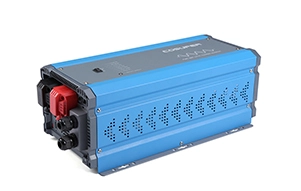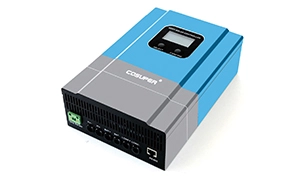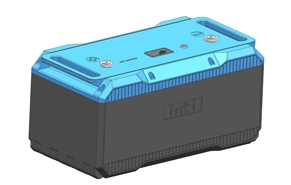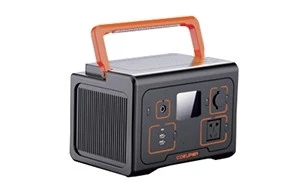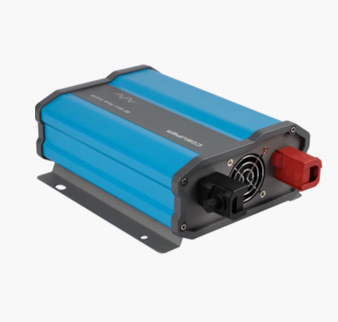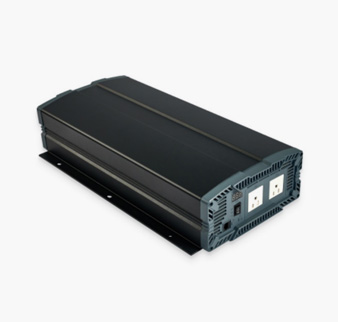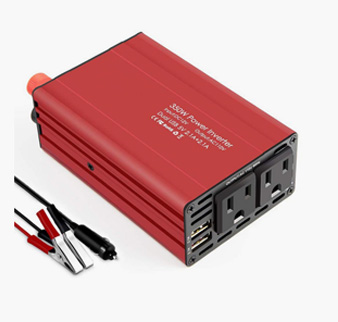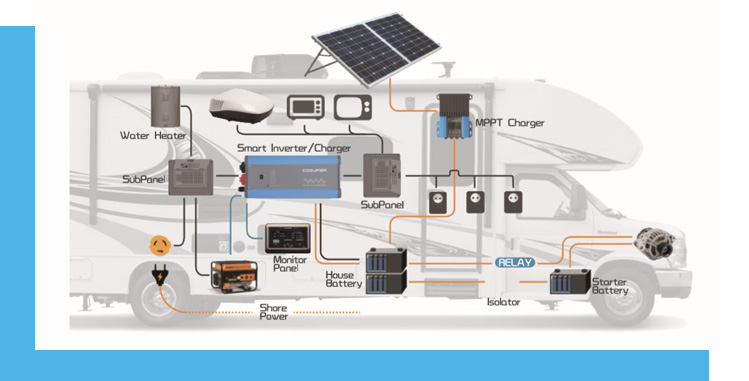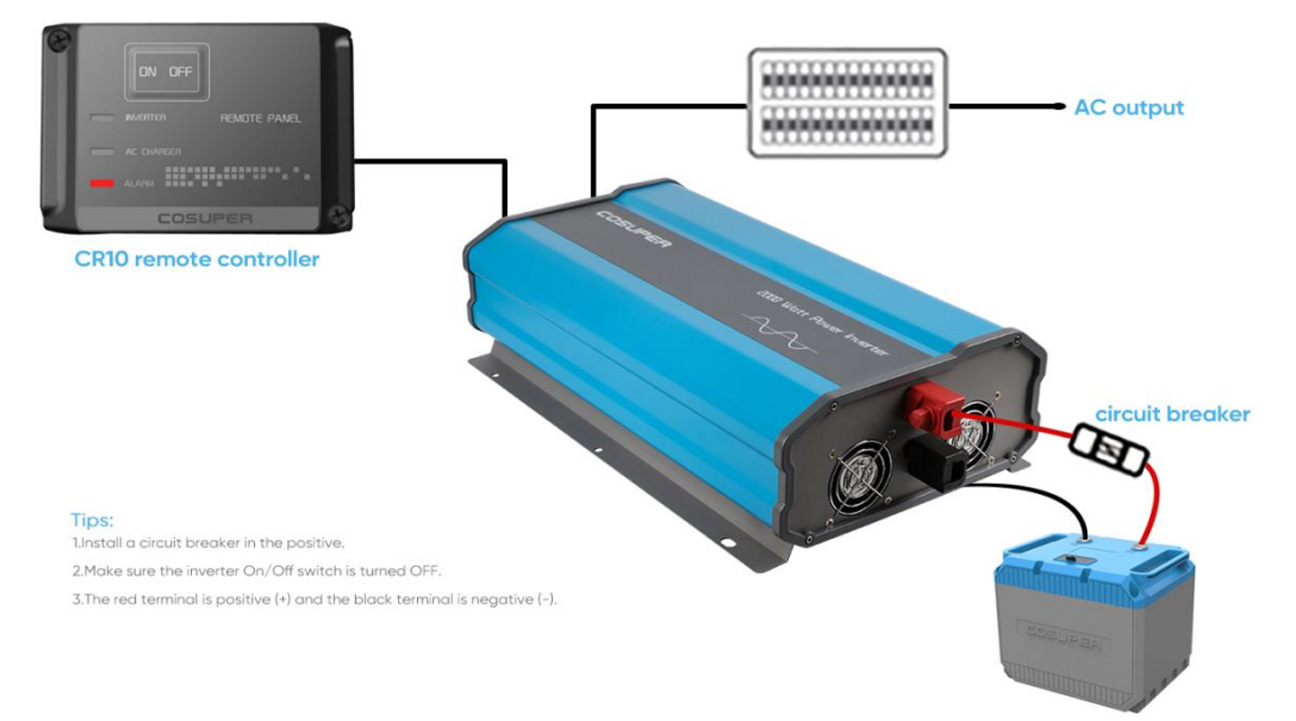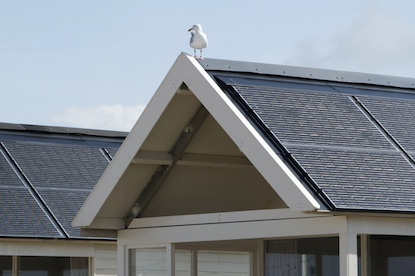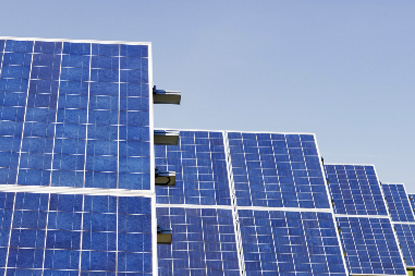01
What is an electrical inverter
A power electronics inverter is a converter that converts DC power (such as batteries, or power batteries) into constant-frequency constant-voltage or frequency-modulated and voltage-regulated AC power, like DC to AC power inverter. An inverter converter is a device composed of an inverter rectifier bridge, control logic, and filter circuit.
Power inverter types
According to the output waveform, it can be roughly divided into a sine wave, modified wave, and square wave.
Pure sine wave
The output waveform of the pure sine wave inverter is almost the same as the waveform of our main power.
The advantage is that the purity of the waveform is higher than that of the mains, and the voltage fluctuation is small, so it is widely used. The EPS emergency power system can be formed in place equipment, satellite communication equipment, military vehicles, medical ambulances, ships, solar
energy, and wind power generation. But the price is relatively higher.
Modified Sine Wave
The modified sine wave power inverter adopts the PWM pulse width modulation method to generate the modified wave. This is a popular product whose conversion efficiency and cost performance are better than those of
sine waves. Modified Sine Wave inverter is suitable for home appliances, such as TVs, computers,
stereos, motors below 1000W, and other resistive loads. And it has a lower price and is the mainstream product in the small power inverter market.
The advantage is that using intelligent circuits and high-power FETs greatly reduces the power loss of the system. The soft start function is added to effectively ensure the reliability of the digital power inverter. If the requirements for the quality of power consumption are not very high, it can meet the needs of most electrical equipment.
But the disadvantage is that there is 20% harmonic distortion, which will cause problems when
running precision equipment and will also cause high-frequency interference to communication equipment.
Square wave
The advantages of a square wave inverter are simple circuits, low prices, and easy maintenance. But
it will cause noise and higher harmonics. Therefore, its carrying capacity is poor, and it will
produce large harmonics for general inductive loads and produce noise to motors and TVs.
02
How to choose a power inverter
Equipment operating environment (temperature and humidity, altitude, the impact of application scenarios on other equipment, etc.);
Characteristics of load equipment (rated power, starting power, etc.);
DC power system matching with inverter power supply (12V/24/48V/higher voltage level);
It depends on local electricity and self-generated electricity;
The rated power of the inverter must be greater than the maximum power of the electrical
appliance; especially for equipment with large start power requirements, such as motors, air conditioners, etc.
Select the power inverter with rated power according to the load type:
Resistive load
such as incandescent lamps, electric furnaces, heating wires, etc., the inverter can choose 1-1.2
times the load power, thus P inverter = (1-1.2) P load
Inductive load
such as motors, transformers, TVs, etc., the starting impulse power is 3-5 times that of the load
itself, and the inverter can choose 3-5 times the load power, that is, P inverter = (3-5) P load
Other factors
inverter working environment temperature, altitude, etc., increase the rated power of the inverter appropriately, such as altitude/1000m, and derate the inverter by about 10%.
03
How to determine the working time of a power inverter battery?
The inverter battery capacity is rated at ampere-hours (Ah), and the ampere-hour is the maximum discharge capacity of the battery in one hour. For example, a battery is rated at 100AH, which means that it can be discharged within one hour. The maximum continuous output current is 100A. Therefore, we can use this value to calculate the time that the load can be used.
For example 4 pcs 12V 14Ah batteries, calculate the use time of 300W bulbs
Battery working time = battery voltage * battery capacity/load power * inverter efficiency
12*(14*4)/300*80% (inverter efficiency)=2.5h

 English
English 